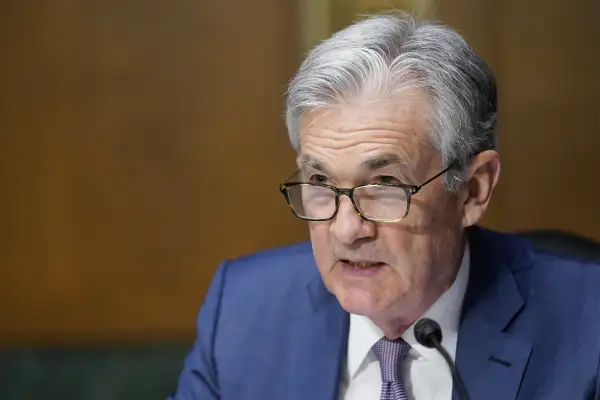Retirement Income: Where to Find the Best Yields for March 2021
Money is not a client of any investment adviser featured on this page. The information provided on this page is for educational purposes only and is not intended as investment advice. Money does not offer advisory services.

Here’s some good news for income investors: Yields on benchmark 10-year Treasury notes have hit a pre-pandemic high. And here's some bad: Interest rates remain near historic lows, and yield-seeking retirees still don’t have it easy.
Ten-year Treasury yields have risen sharply to around 1.49%, up from just 1% earlier this month, on hopes of economic recovery. While that portends an incremental rise in the yields on bonds, CDs and other instruments, many traditional sources of retirement income still aren’t beating inflation. Fears of mounting inflation rattled the stock market this week, even as Federal Reserve Chairman Jerome Powell reiterated his commitment to keep the Fed's target interest rate low until the economy is on stronger footing.
“This country is going through an income crisis.” says Will Rhind, founder of GraniteShares, an independent ETF issuer based in New York.
Retirees can’t keep their whole portfolio in stocks, as a younger investor might. They need bonds to temper their equity risk and for income as well. So where to turn?
CDs vs. corporate and municipal bonds
In this climate, experts say it’s particularly important for investors to weigh risk and reward. You can get fatter yields by buying high-yield bonds issued by companies on a shaky financial footing. Some financial pros say this is a risk worth taking. Just as the economy took off a century ago when the Roaring ‘20s followed the Spanish flu, we may see a booming economy when the pandemic ends that will lift all companies’ boats, the thinking goes.
On the other hand, Denika Tokunaga, a certified financial planner and president of Maven Wealth Management in Howard County, Md., has some clients who don’t want to take much risk with their hard-earned money. So she’s building CD ladders of up to 36 months’ duration to hold the money that these conservative clients will need in the near-term. The highest 3-year rate of around 0.8% is a bit more than the current the rates on high-yield savings accounts.
Municipal bonds and investment-grade corporate bonds fall somewhere in between FDIC-insured CDs and high-yield bonds on the risk spectrum. Municipal bonds’ yields aren’t taxed at the federal level nor, sometimes, at the state level. So while a 1% yield may seem paltry, it’s worth closer to 2% when you consider that it’s not taxed, says Eric Diton, president and managing director of The Wealth Alliance in New York and Florida. Municipal bonds will be particularly attractive if the Biden administration raises income tax rates as proposed on high earners.
Investors can access all types of bonds through mutual funds and ETFs. Some ETFs are focused on income in particular. For example, GraniteShares’ High-Income ETF offers an annual yield of around 9.6% by investing in assets including master limited partnerships and real estate investment trusts.
More from Money:
The New Investor's Survival Guide: How to Make Money (and Stay Sane!) in Today's Wild Markets
Required Minimum Distributions and Your Taxes: A Quick Primer
